| T O P I C R E V I E W |
| lee2308 |
Posted - 15/03/2010 : 18:42:34
I know i posted this in the DIY section but thought i would post it in the breeding sectoin to,just if any one has questions.....
It's that time of year and a few of us will be needing incubators,so here is a cheap and very effective one that can be made at home.
You will need....
1 Polystyrene box (available from most aquatic shops)
2 A pulse stat (for best results) or a mat stat
3 A heat mat
4 A sharp knife
5 1 or 2 CD covers and some glue (optional)
6 thermometer and hydrometer
7 A pen
start off with a poly box which you can usually get for free from places like pets at home
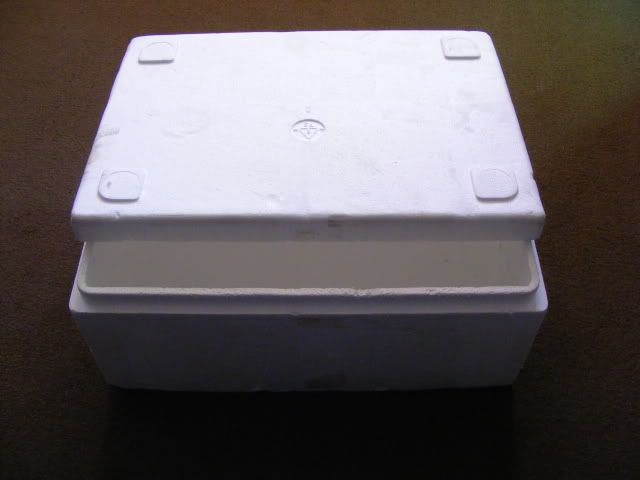
If you would like to have a viewing window you can use CD cases as windows,these are not vital but saves losing heat through having to open the box to check on the eggs.
Take the cases and mark them out where you want them
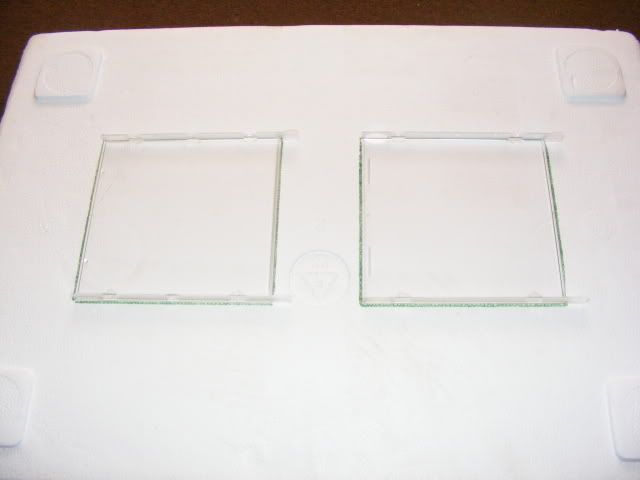
When you cut the holes make them smaller than the cases and don't cut right through,so the cases have a ledge to sit on and glue them into place,i used pva craft glue for this.
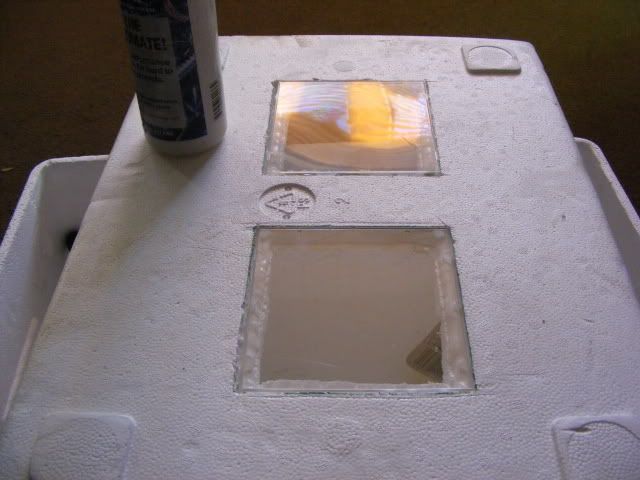
Next you will need to make 2 holes with a pen to fit the cable for the mat and the thermostat probe,once you have fitted the mat you will need something to keep your egg container off the mat,i used 2 metal bars i had laying around but anything can be used.
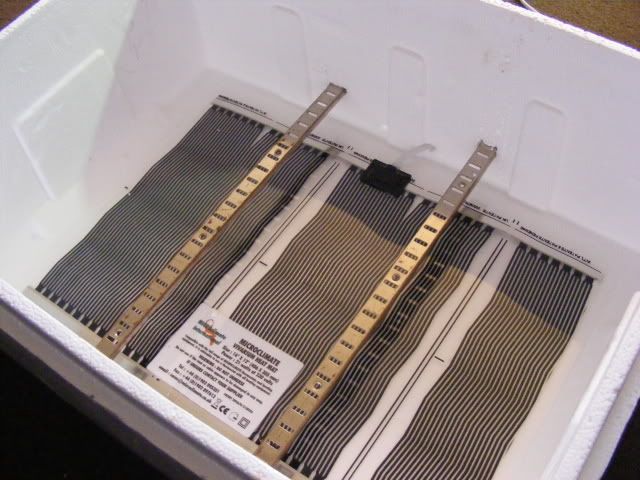
IT IS VERY IMPORTANT TO PUT A KNOT OR TAPE AROUND THE STAT PROBE OR YOUR EGGS WILL COOK IF IT SLIPS OUT
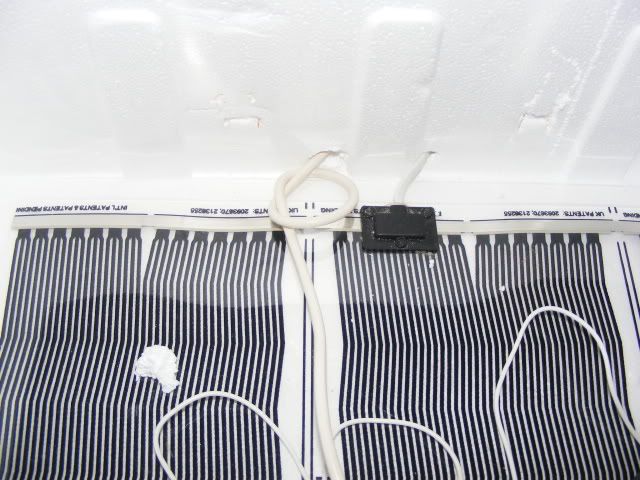
Now you need a suitable sized container to place your eggs in,place your thermostat and thermometer probe next to the eggs to get accurate measurements.I also have a hydrometer to keep a eye on the humidity levels.
I have also put a pen sized hole in each end of the box just to let a small amount of fresh air in.
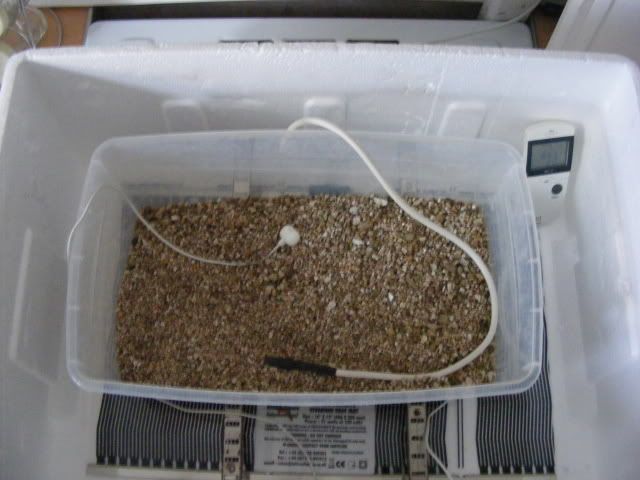
Set your thermostat to your desired temp and that's it,1 homemade incubator that works just as good as a shop bought one
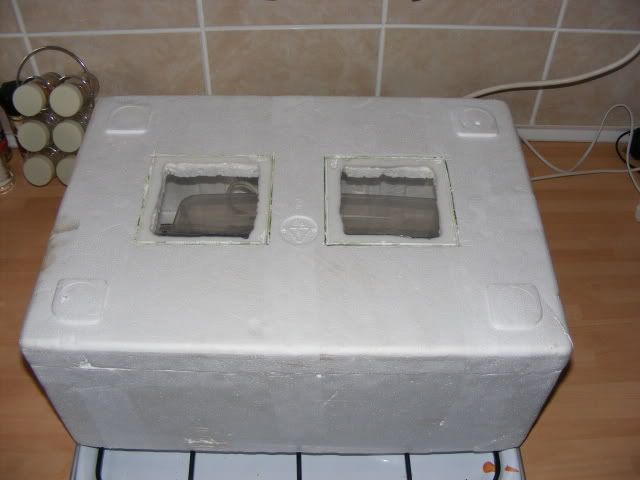
It's a good idea to run it for about a week to dry off the glue and get your temps right before the eggs arrive. |
| 14 L A T E S T R E P L I E S (Newest First) |
| Tawfik47 |
Posted - 30/05/2011 : 09:30:03
One little question, the temp must be 31 C and the humidity 100% ? |
| anatess |
Posted - 03/10/2010 : 06:03:10
quote:
Originally posted by Blackecho
Hey, if it works for you...
I agree with BE. If it works for you...
The reason why we put it in a cooler is so that we can insulate the egg box from outside temp fluctuations. My house thermostat is set at 78 degrees Fahrenheit but being in Florida, it gets a lot hotter between noon and 4PM so that temps can be 5 or more degrees off. If I have an egg box laying on a shelf, the thermostat will have quite a time reacting to the change so that the temps inside the egg box would fluctuate as well.
I maternally incubated when we had eggs so the mother insulates the eggs from this fluctuation. Putting the eggs on a shelf would be just like maternal incubation minus the mother. Yes, it could work, especially if your room temps are stable 24 hrs a day, but it's not ideal. |
| Blackecho |
Posted - 30/09/2010 : 22:11:57
Hey, if it works for you... |
| python23 |
Posted - 30/09/2010 : 21:46:53
would the water in the vermiculite with the lid on the container not be enough?this year i was achieving 89% humidity using this method, il make one like this one if people dont think a pad will work with royals. |
| Blackecho |
Posted - 30/09/2010 : 21:29:07
They really need the humidity which you wouldn't get on a shelf. |
| python23 |
Posted - 30/09/2010 : 21:06:19
this might be a silly question but do you put a lid over the plastic egg container ?Also, what do people think to just placing the egg container (obviously with thermostats and thermometers) on a heat pad on a shelf? It has worked the last two years with my corn snake clutch with a 90% success rate. |
| anatess |
Posted - 19/08/2010 : 16:24:58
I have a variation to this set-up.
I made almost the exact same incubator but instead of metal bars, I lined the bottom with plastic bottles filled with water laying on its side then I put the eggbox on top of the bottles.
The bottles tend to keep the temperatures inside the incubator more stable.
Also, a lot of people (in the US) cover the egg tub with Glad Press and Seal (it's like a plastic wrap that is used to wrap food in except it's a bit sticky - normally used to cover bowls of food that doesn't come with a lid) and then put the top on. This somehow prevents moisture from gathering on top of the container. It's not good to have condensation "rain down" on the eggs.
Brilliant on the CD case idea! I spent a few bucks on plexiglass when I have tons of CD cases lying around. I shoulda thought of that! |
| lee2308 |
Posted - 16/03/2010 : 18:18:25
cheers BE,didnt want to be responsable for giving the wrong info |
| Blackecho |
Posted - 15/03/2010 : 20:43:12
'HUMIDITY
Relative humidity is kept high during incubation and I use a quantity of Vermiculite which would amount to a depth of approx. 25mm in the egg container. Water is added to the dry Vermiculite in a measured ratio of 1:1, 150gm Vermiculite to 150gm or 150ml water. This will result in almost 100% humidity. If the container lid is not regularly removed, very little additional water, if any, needs to be added during the period of incubation. If any eggs do start to 'cave in' during the early stages of incubation, a fine spray of water over the eggs and medium should be applied. Repeat this every couple of days, in moderation until the eggs return to their normal full shape. During the last weeks of incubation, if the eggs have not swollen considerably, they will naturally 'cave in' to a certain degree before hatching - I do not apply any additional moisture when this occurs. Condensation may appear on the inside of the egg containers, this is not a worry and the amount will be influenced by the outside temperature. The warmer the outside temperature, the less condensation visible.'
Source: http://www.smuggled.com/egg1.htm |
| Blackecho |
Posted - 15/03/2010 : 20:34:23
31C will give you hatchlings at about 55 days. |
| pfleming |
Posted - 15/03/2010 : 20:30:06
looks awesome  |
| lee2308 |
Posted - 15/03/2010 : 19:49:00
might aswell leave it there for when this post fades off.
quote:
Originally posted by Blackecho
Very nice Lee, what medium do you use - is that vermiculite?
Also, what % humidity and temperature do you aim to keep to?
Cheers.
I am using vermculite from b&q,did'nt want to state temps ect as im not sure for royal's and would leave that for the breeder to decide on  |
| Blackecho |
Posted - 15/03/2010 : 19:37:24
Just seen this one, posted a couple of questions in the DIY one, will delete my post in there if you like? |
| dazb |
Posted - 15/03/2010 : 19:22:54
Looks good mate. Gotta make mine this weekend.
You missed out the stat probe tip that you put on TRF. Thought it was very clever... |

